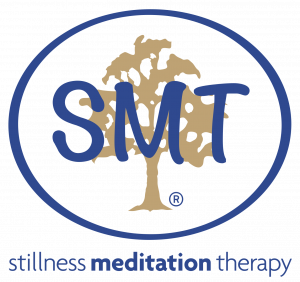The power of four
A very odd thing happened last week. Within four days, on four separate occasions, quite accidentally four former clients approached me in random places for a brief conversation. The first was at an auction, the second while I was choosing fruit and veg, the third in a church and lo and behold the fourth – one who returned to recommence – “with commitment” she said – a new course in Stillness Meditation.
It was great to reconnect with those four people, spontaneously, unexpectedly and enthusiastically. Though in all cases we hadn’t seen each other for quite some time, the links were still there as well as the mutual exchanges surrounding the experience each had shared. After a brief chat, to each, I just had to ask: so have you continued to practice what you learned with us?
Hmmm. In each case the swift reply was practically unanimous … I was going so well I let my practice lapse … or … I did for a while and then I went back to work … or moving house sort of changed my routine … and … I didn’t think I needed to anymore! Ahem! Big mistake that final one! And note the negative power within those four responses to my question.
Anxiety is a part of life and it interferes unpleasantly in a variety of ways. If we want to enjoy living, with less stress and while feeling in calm control, then we need to maintain a balanced state of mind – forever. The fact is that for optimum health and wellbeing, mental rest attained through ‘stillness’ requires regularity.
 We sleep each night to restore and rebalance our body; therefore it makes good sense to rest our mind a couple of times each day to restore and rebalance our psyche. And this bit of good sense was the very valuable medical insight into the mind-body connection that Ainslie Meares launched into Western society some fifty years ago. No matter how many other good practices we’re employing to enrich our life, mental rest is a must!
We sleep each night to restore and rebalance our body; therefore it makes good sense to rest our mind a couple of times each day to restore and rebalance our psyche. And this bit of good sense was the very valuable medical insight into the mind-body connection that Ainslie Meares launched into Western society some fifty years ago. No matter how many other good practices we’re employing to enrich our life, mental rest is a must!
So let’s consider the positive power of four as part of Stillness Meditation and its role in discovering optimum health and wellbeing:
- It’s important to acknowledge our DESIRE for that wellbeing
- To gain what we desire (in any aspect of life), we must make a COMMITMENT
- The outcome of Stillness is more likely to be found in a healing ENVIRONMENT
- In adopting the correct POSTURE for the practice of Stillness we set the scene for calm control within every aspect of life
It’s very human but strange nonetheless, that those skills that serve us best are most likely the skills we most easily neglect. Are we not caring enough for our self? Do we feel guilty taking time for our self? Do we not value the natural gifts we can (and should) nurture for our self? Did we not understand or gain sufficiently from our first experience in learning SMT? Are there questions or reassurances we need to have answered? Do we allow other things to take priority over our own mind, body and spirit? Have we fallen back on short cut treatments because we thought this wasn’t ‘working’? Have we truly persevered, allowing time to break habits and make lasting changes? Are we not using our time wisely and to our best advantage?
Life’s too short to overlook the investment of healing the self. Maybe now’s the moment to investigate what it really means to rest your mind … maybe it’s time to learn? Or maybe it’s time to factor in that regular practice, just as we hope you learned from us once before? Either way, it’s never too late to re-evaluate the power of one – in this case, YOU!
Pauline McKinnon ©
Melbourne, November 2016

